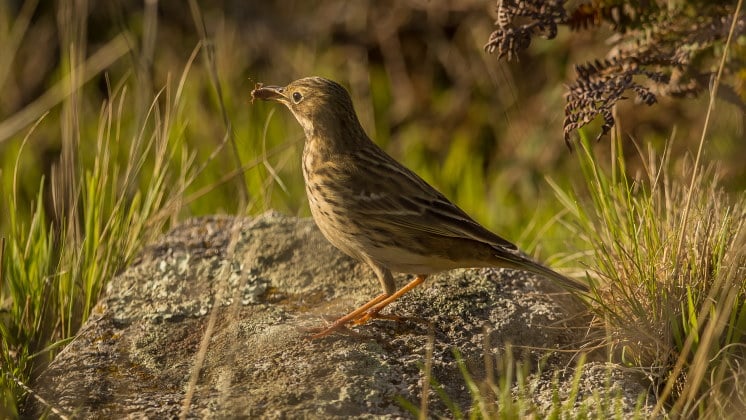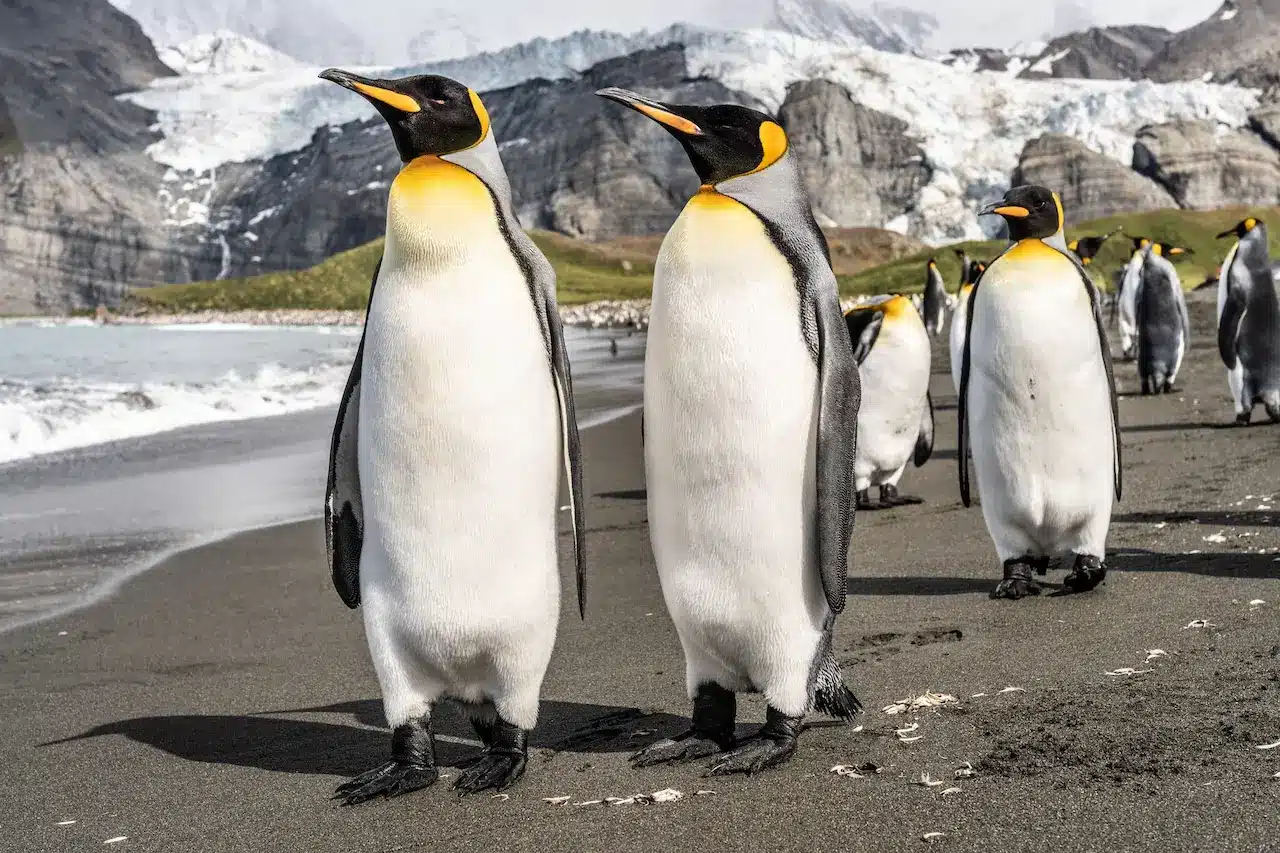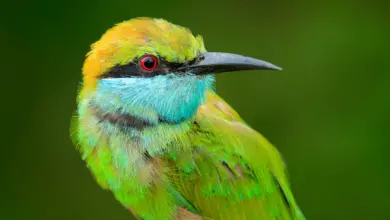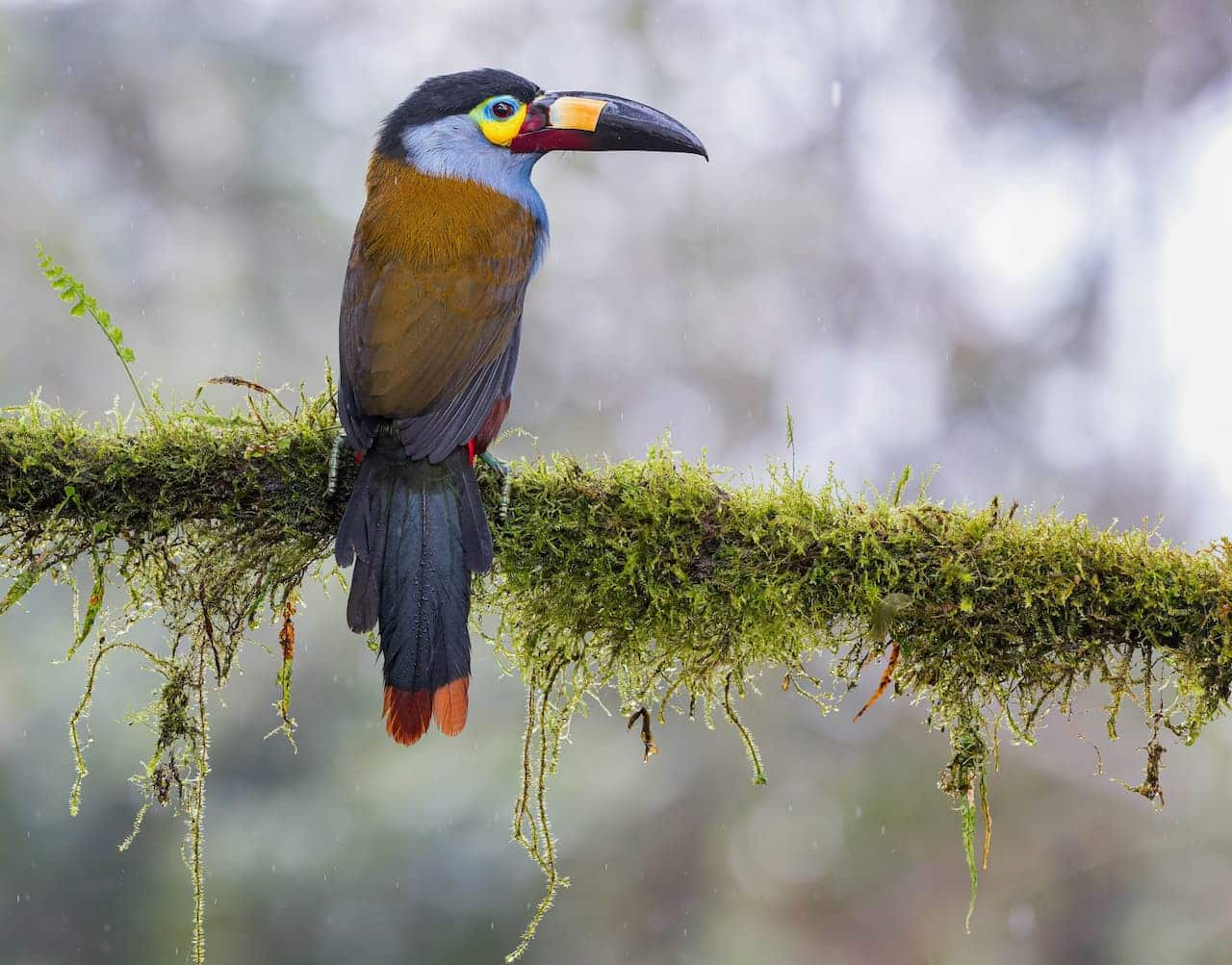Pacific Golden Plovers (Pluvialis fulva)
Pacific Golden Plovers (Pluvialis fulva)
The Pacific Golden Plovers (Pluvialis fulva) is a medium-sized plover.
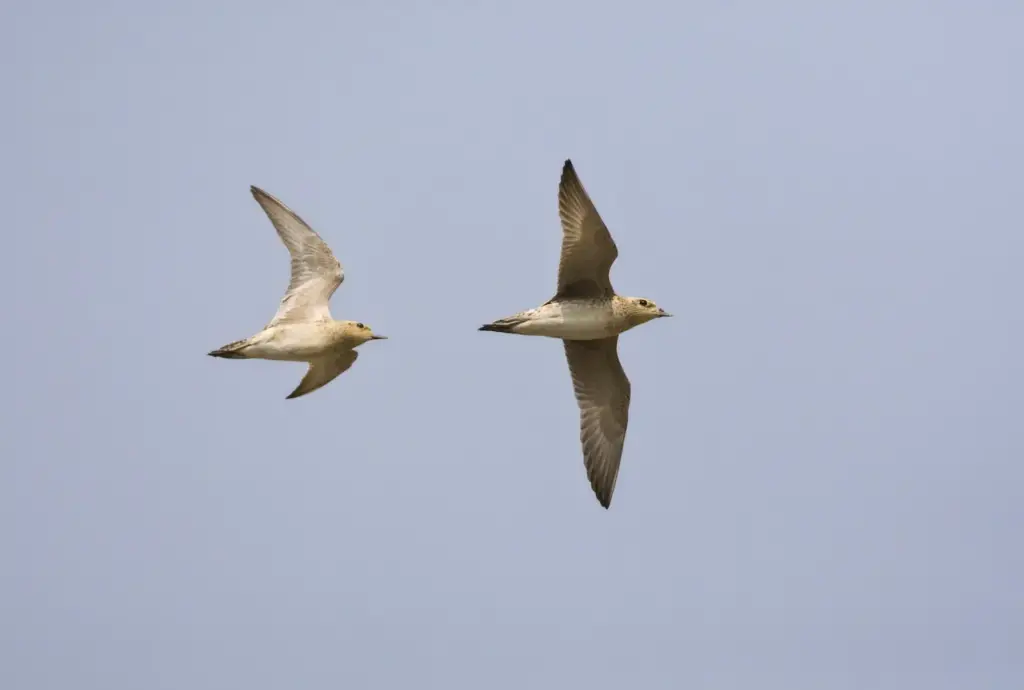
Description
The 23–26 cm long breeding adult is spotted gold and black on the crown, back, and wings. Its face and neck are black with a white border and it has a black breast and a dark rump. The legs are black. In winter, the black is lost and the plover then has a yellowish face and breast, and white underparts.
It is similar to two other golden plovers, Eurasian and American. The Pacific Golden Plovers is smaller, slimmer, and relatively longer-legged than Eurasianthe Golden Plover, Pluvialis apricaria, which also has white axillary (armpit) feathers.
It is more similar to American the Golden Plover, Pluvialis dominica, with which it was once considered conspecific (of, or belonging to, the same species) (as “Lesser Golden Plover”, see Sangster et al., 2002).
The Pacific Golden Plover is slimmer than the American species, has a shorter primary projection, and longer legs, and is usually yellower on the back.
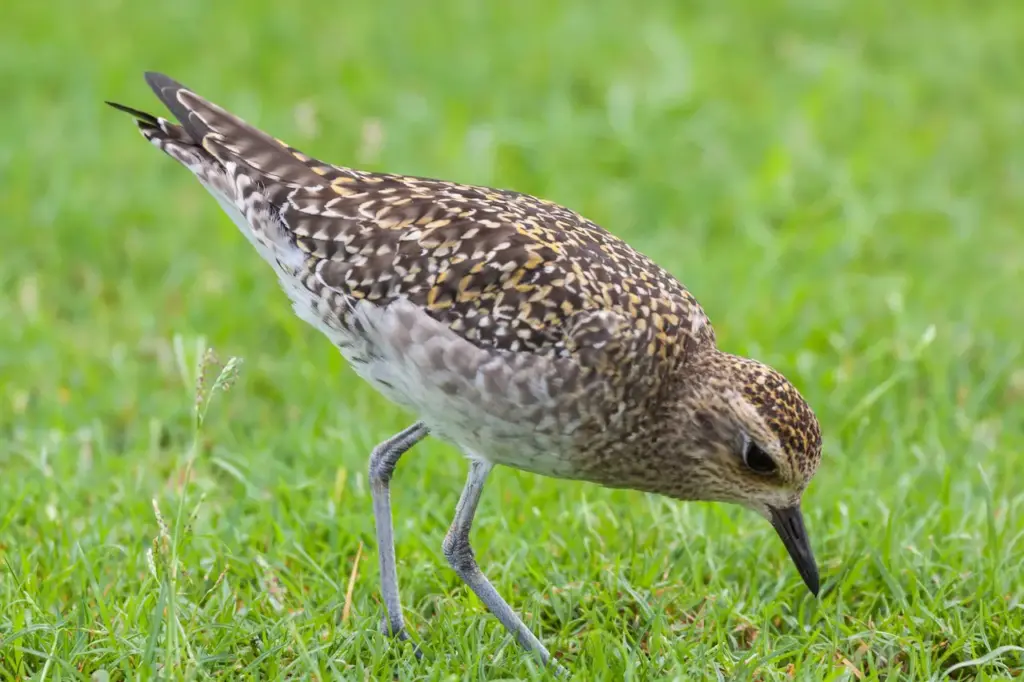
Range
The breeding habitat of Pacific Golden Plover is arctic tundra from northernmost Asia into western Alaska. They nest on the ground in a dry open area.
It is migratory and winters in South Asia and Australasia. A few winters in California and Hawaii, USA. This wader is a very rare vagrant to western Europe.
Diet / Feeding
This bird forages for food on the tundra, fields, beaches, and tidal flats, usually by sight. It eats insects crustaceans and some berries.


